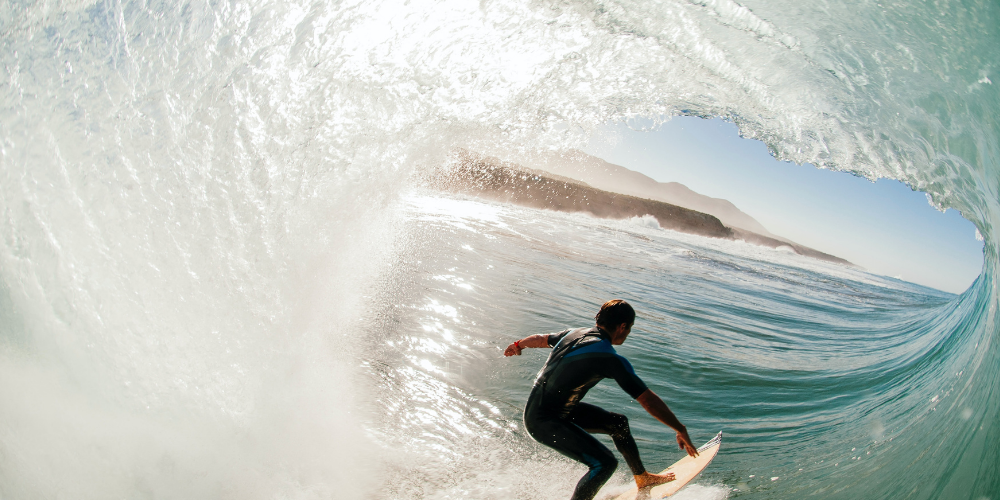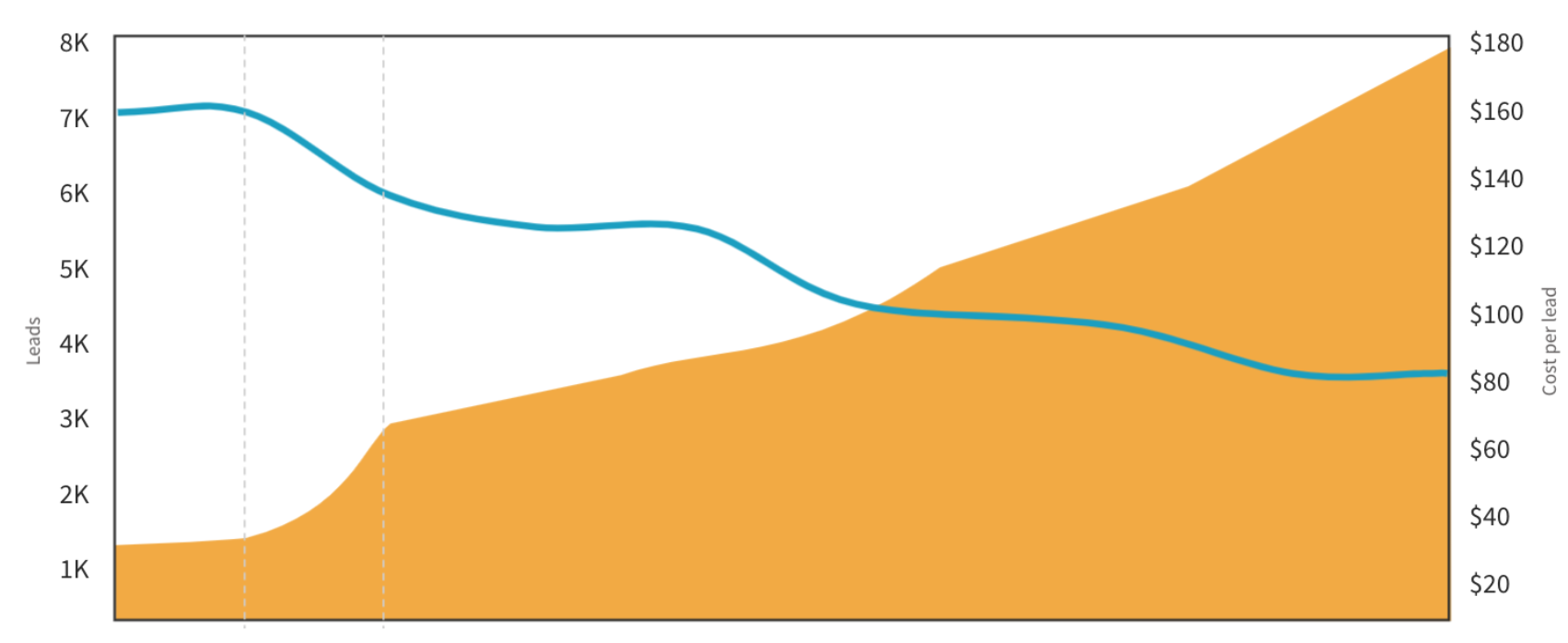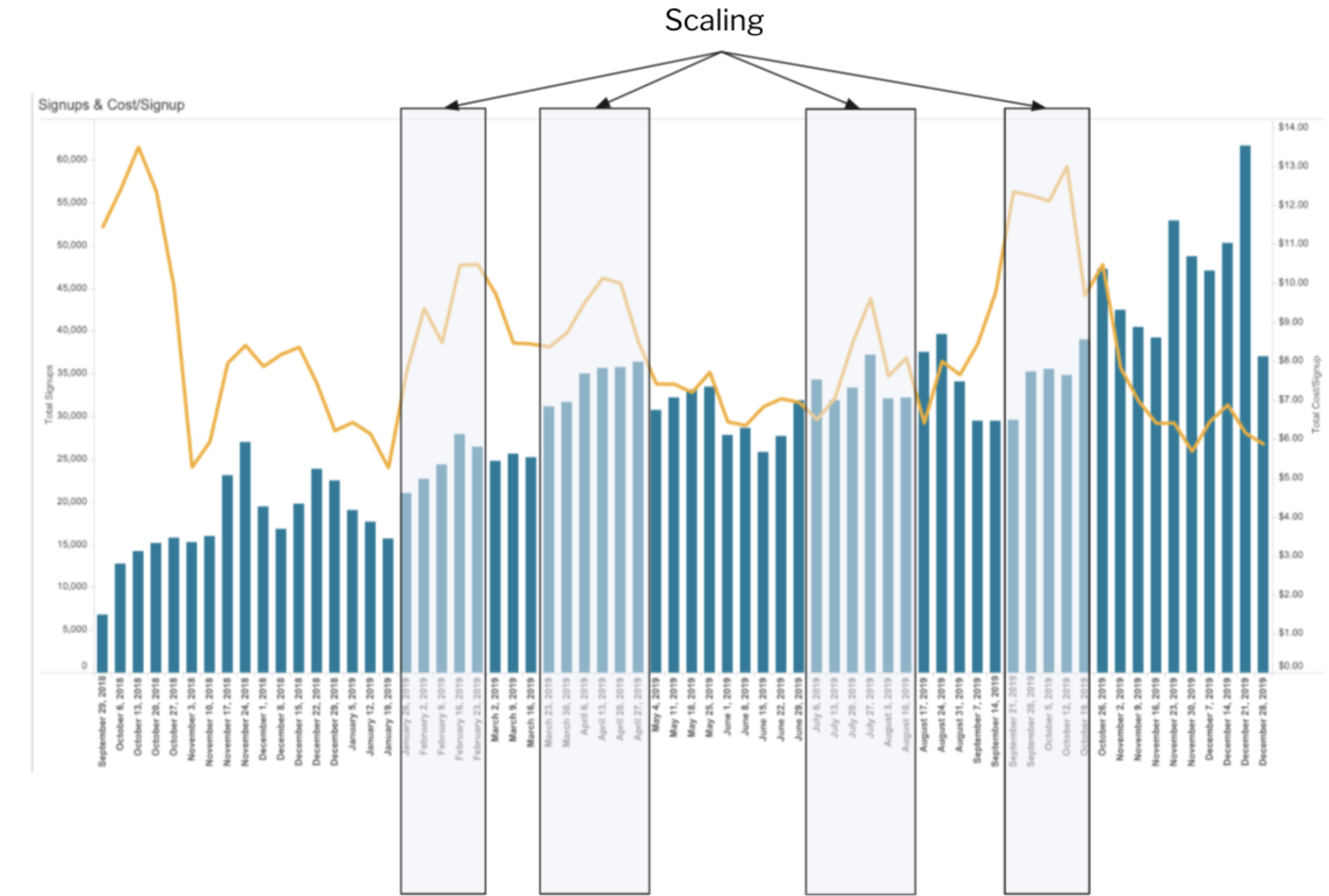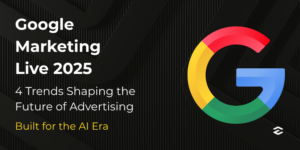
The Paid Media Hiring Gut Check: What Today’s CMOs Need to Know
Not sure if your paid media team is built to scale—or stuck in last year’s playbook? Use this paid media hiring guide to quickly evaluate your inherited agency, freelancers or internal team so you can make the right call for your goals.





